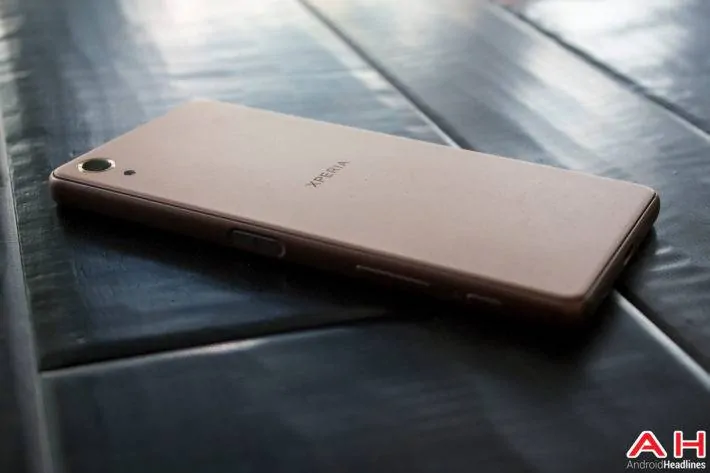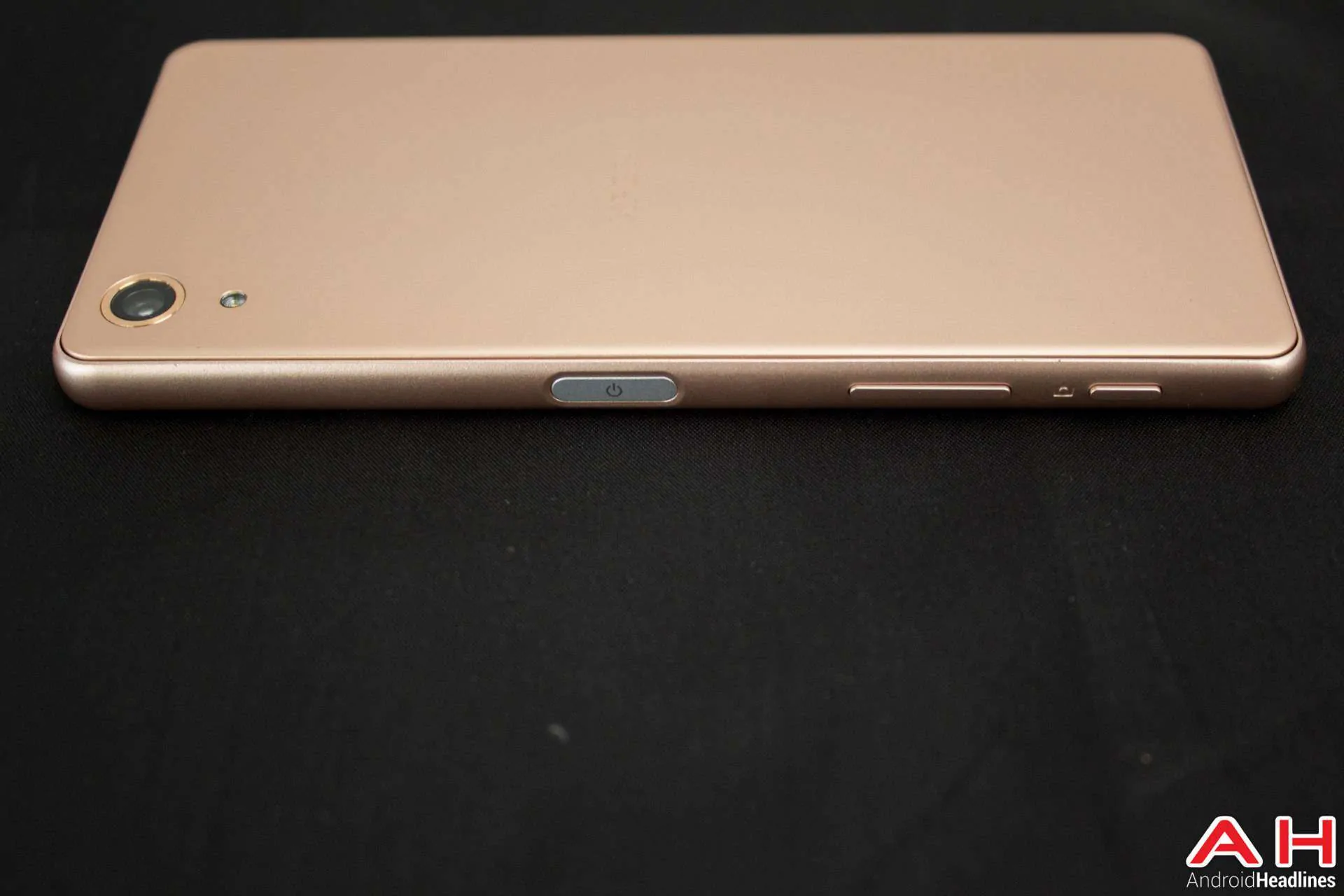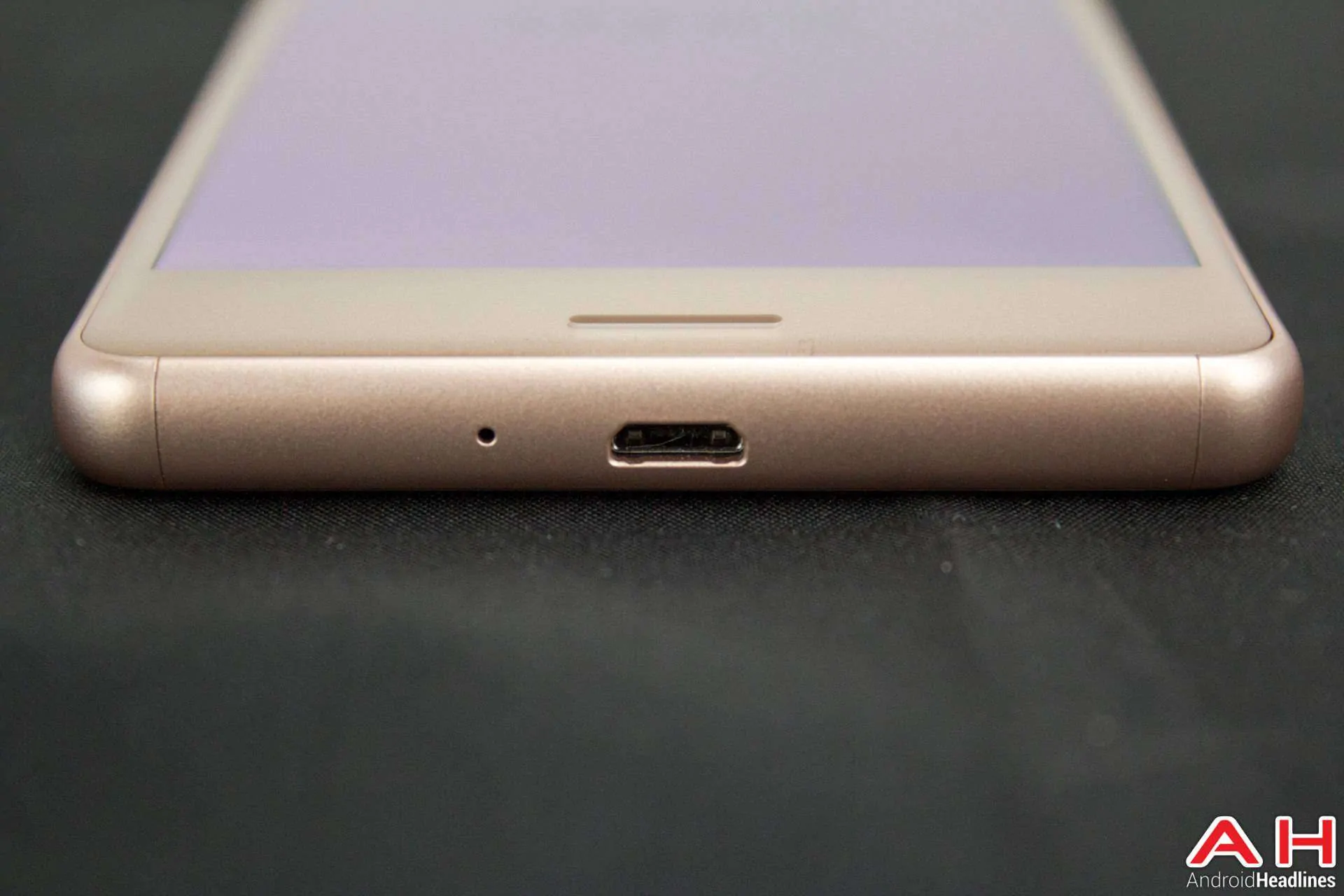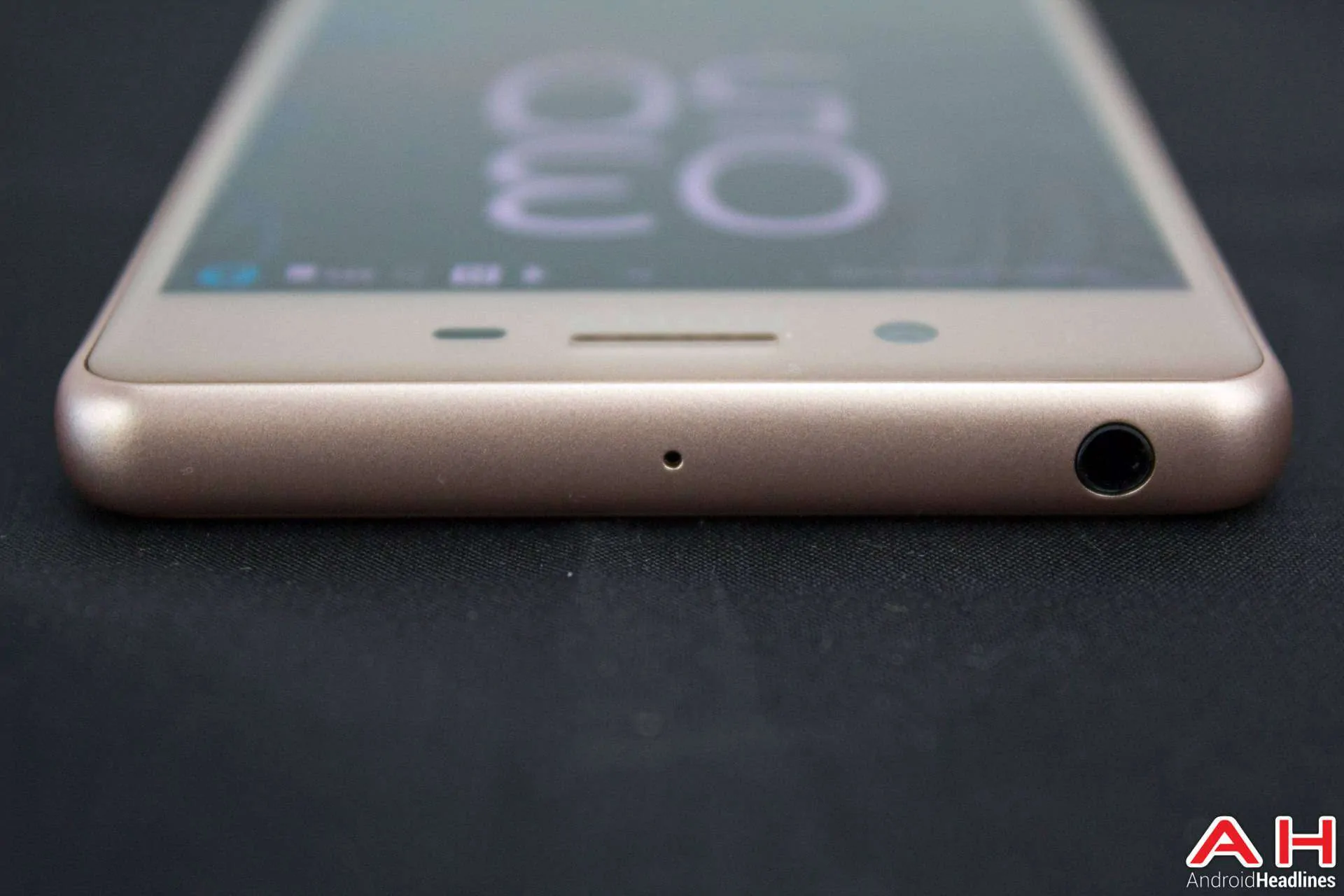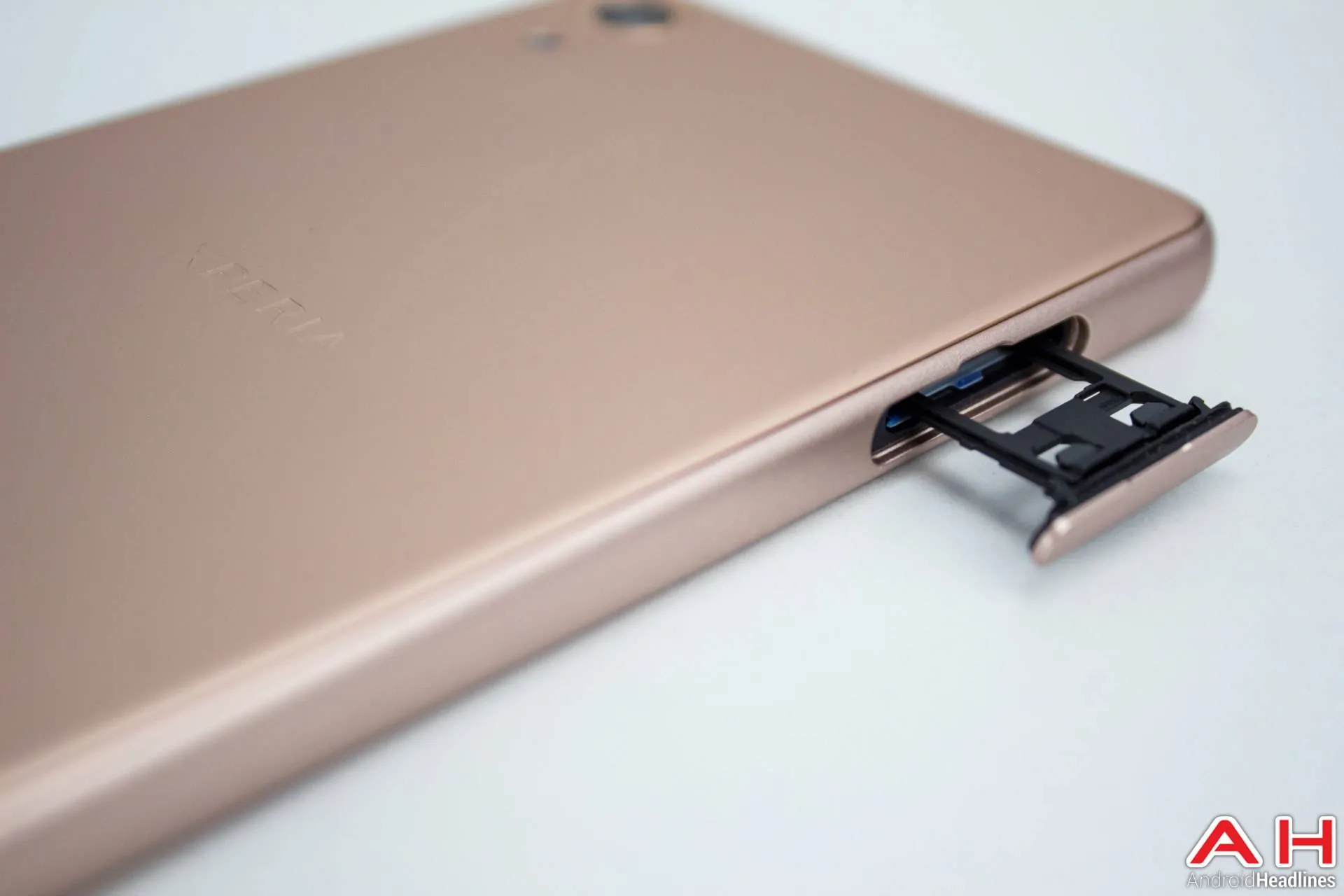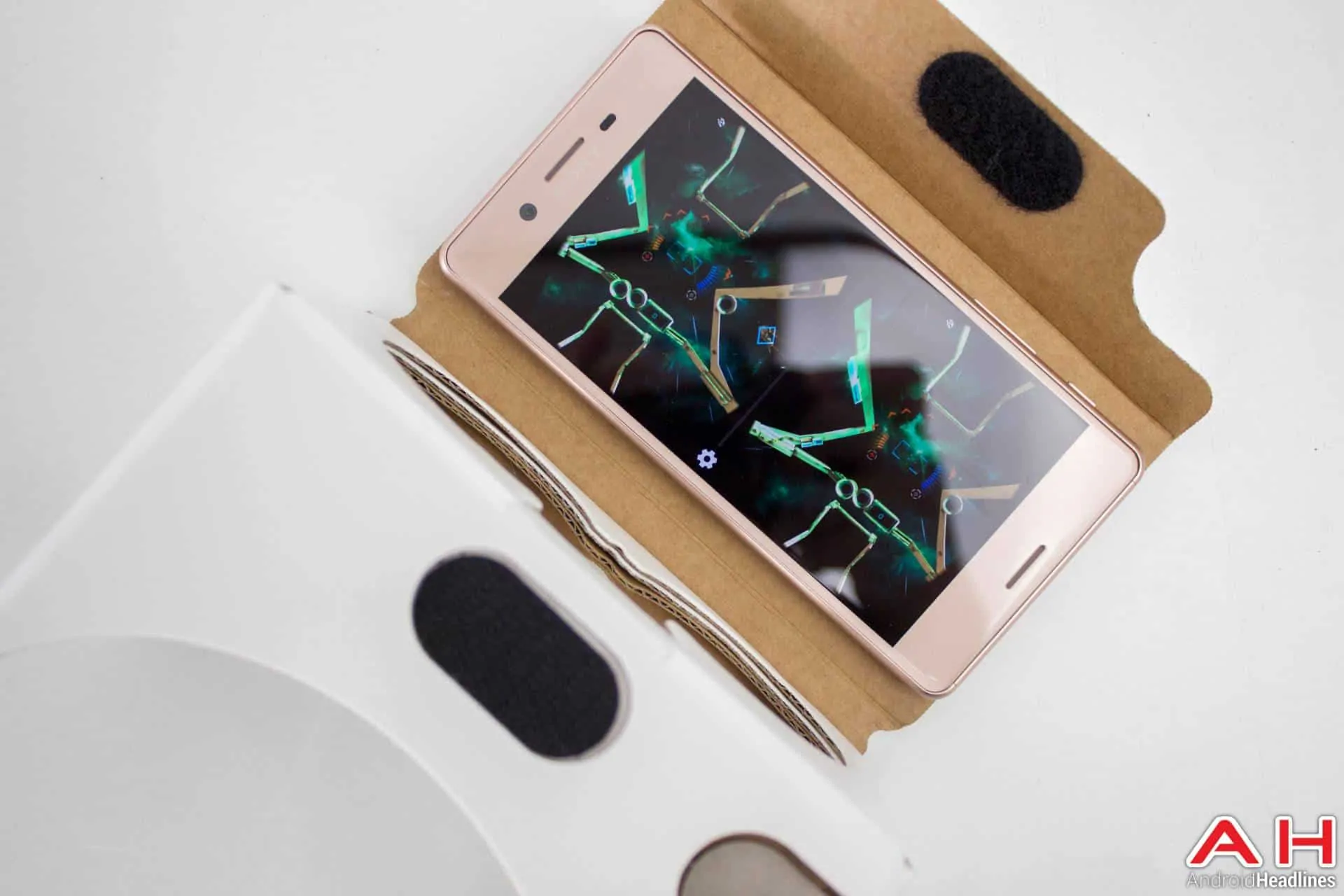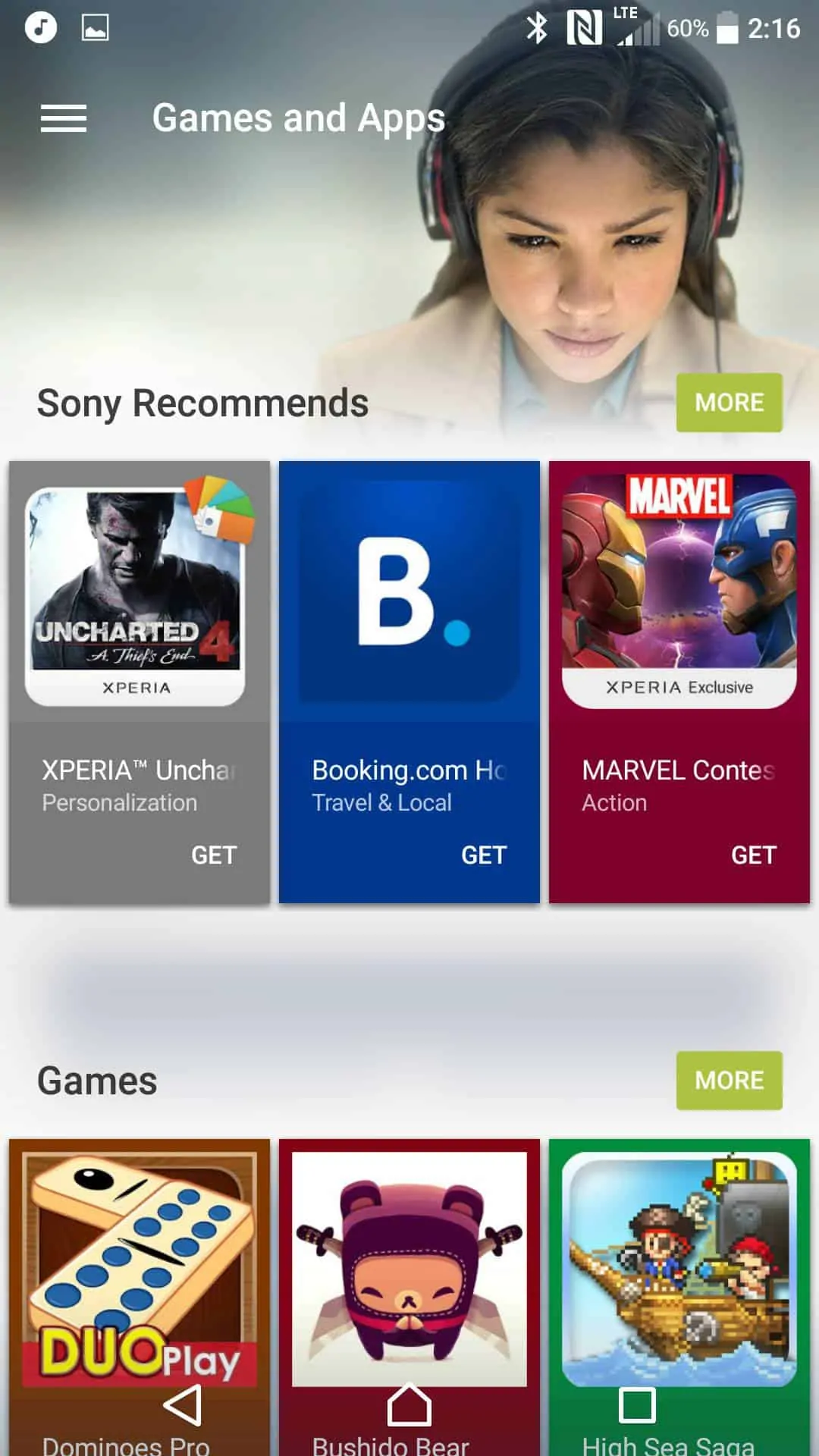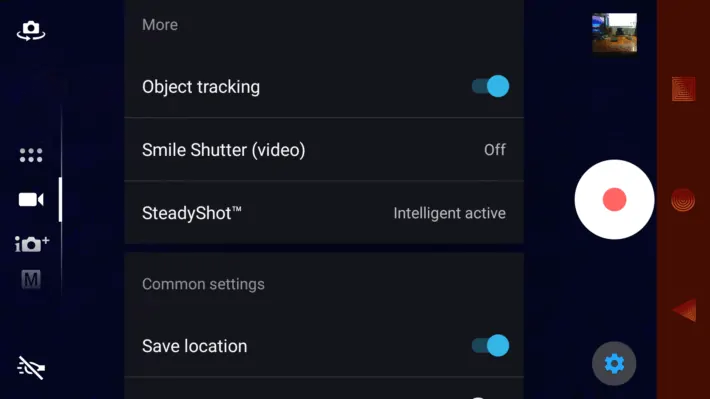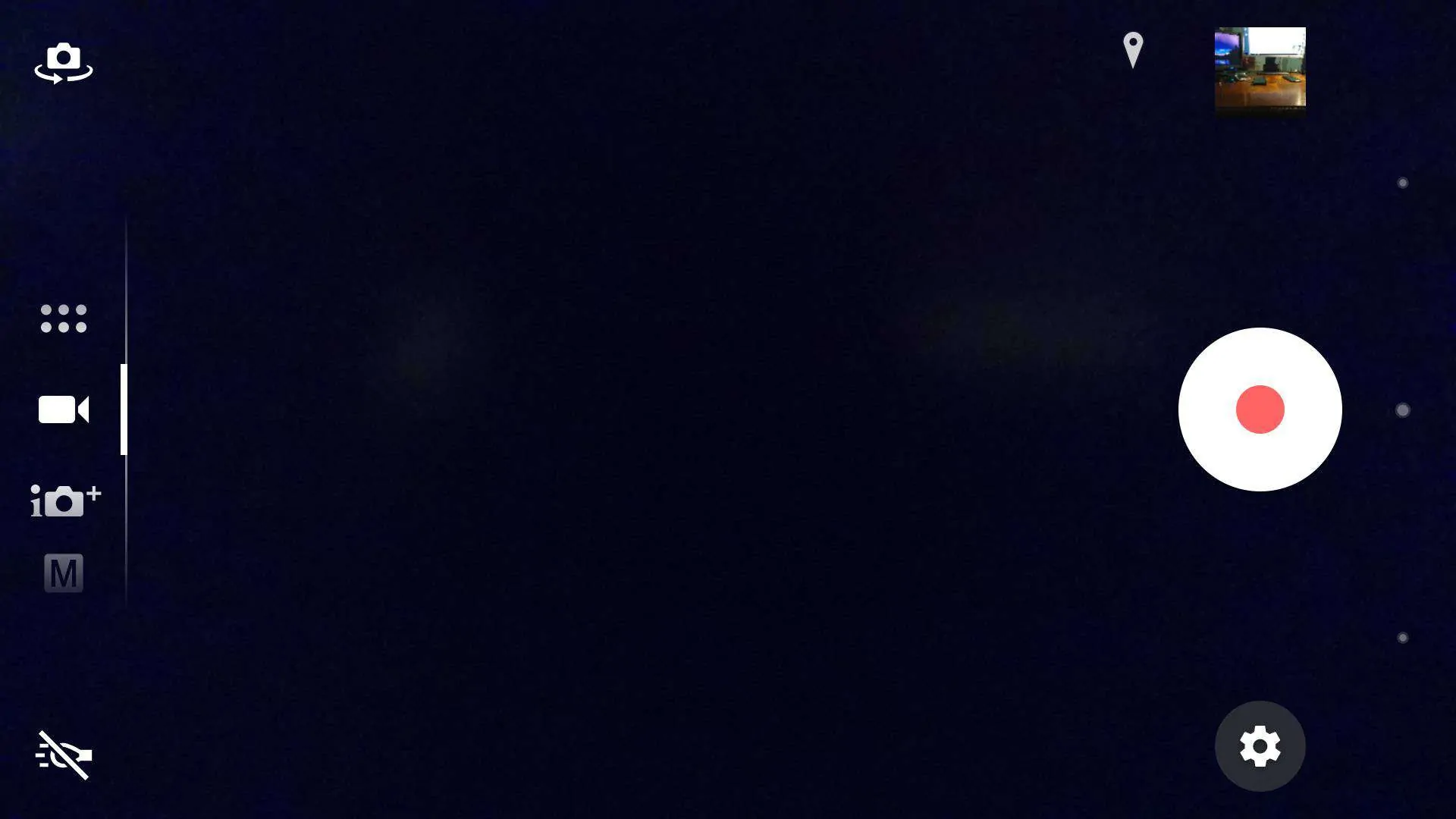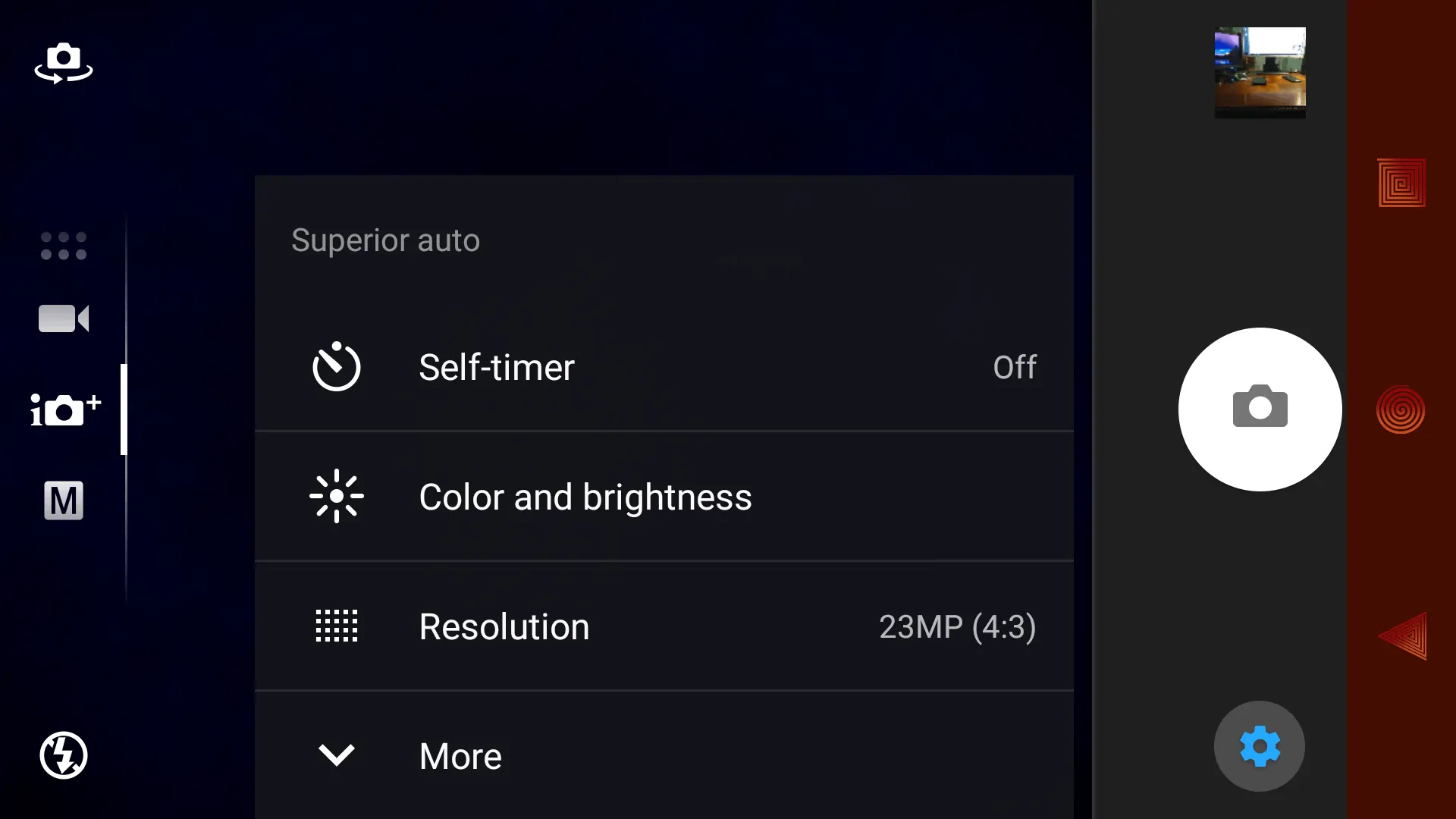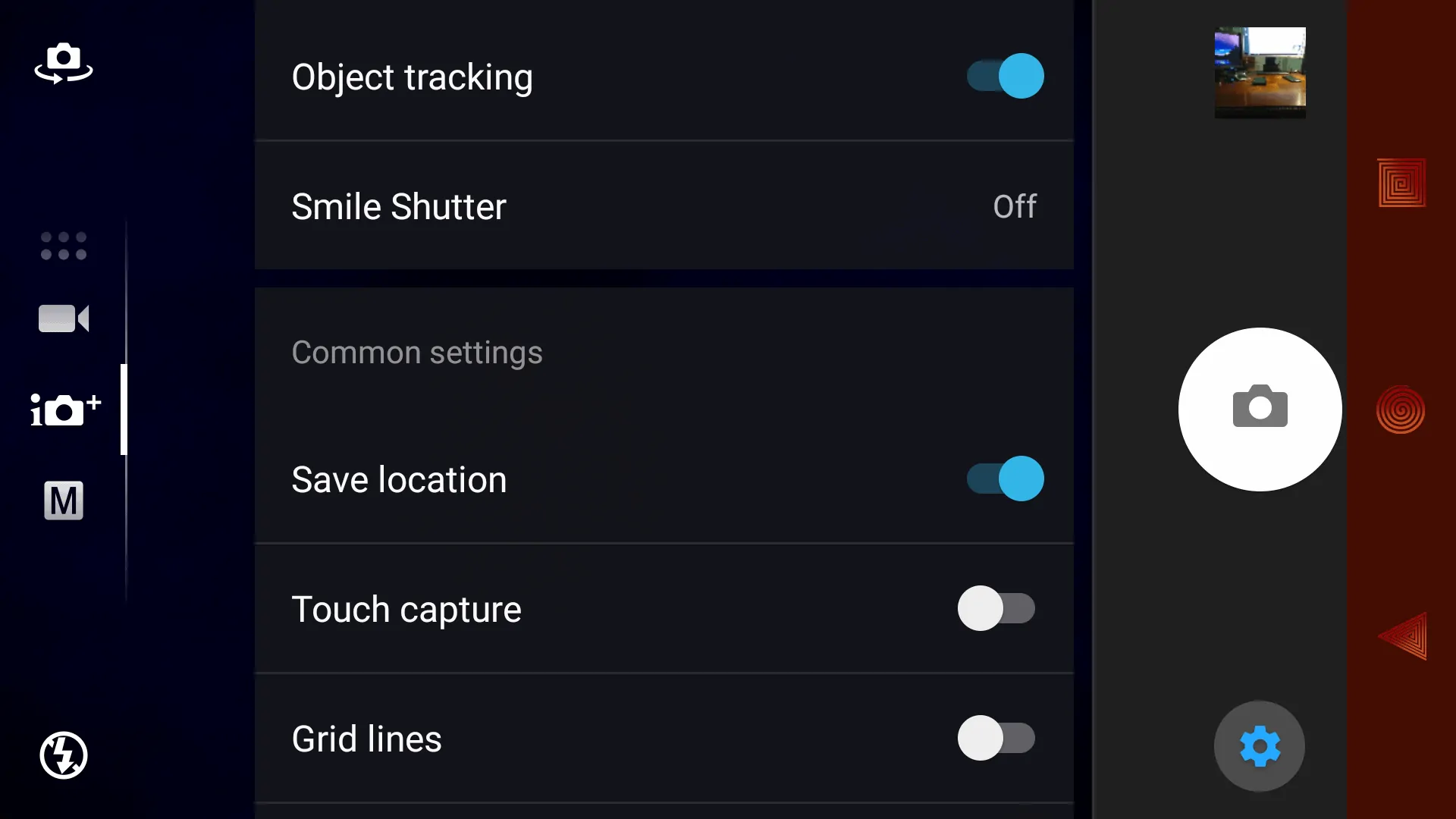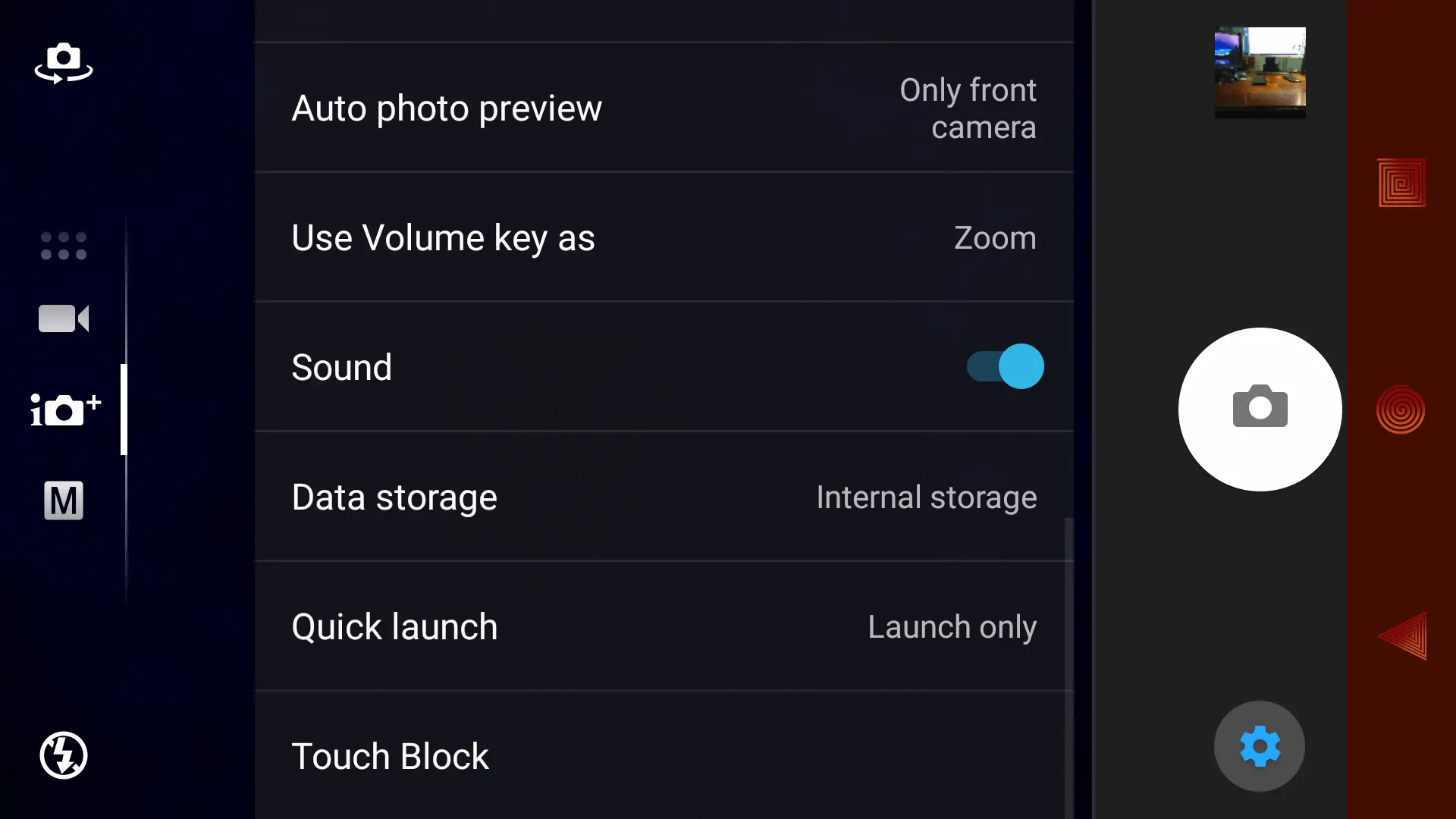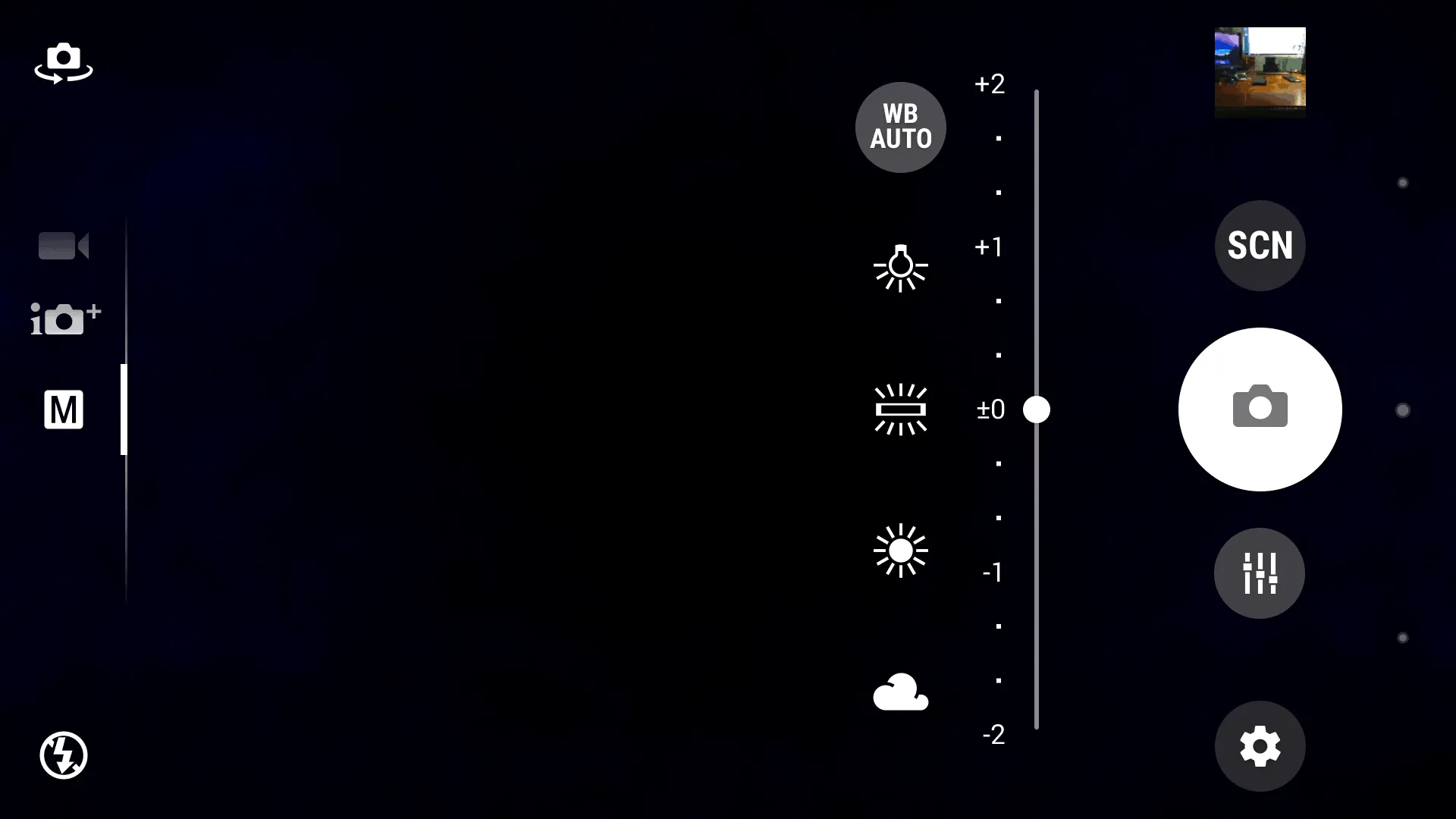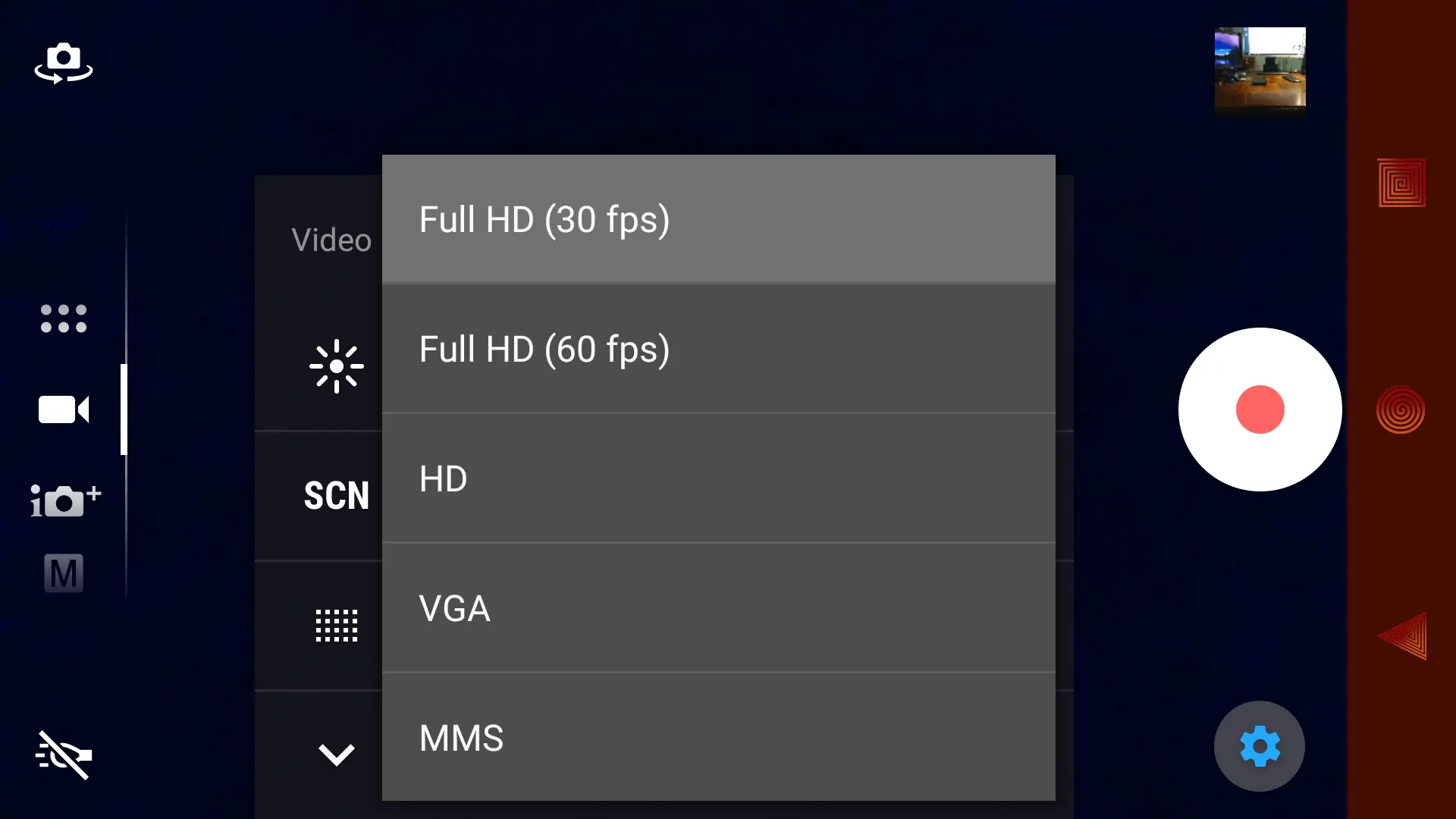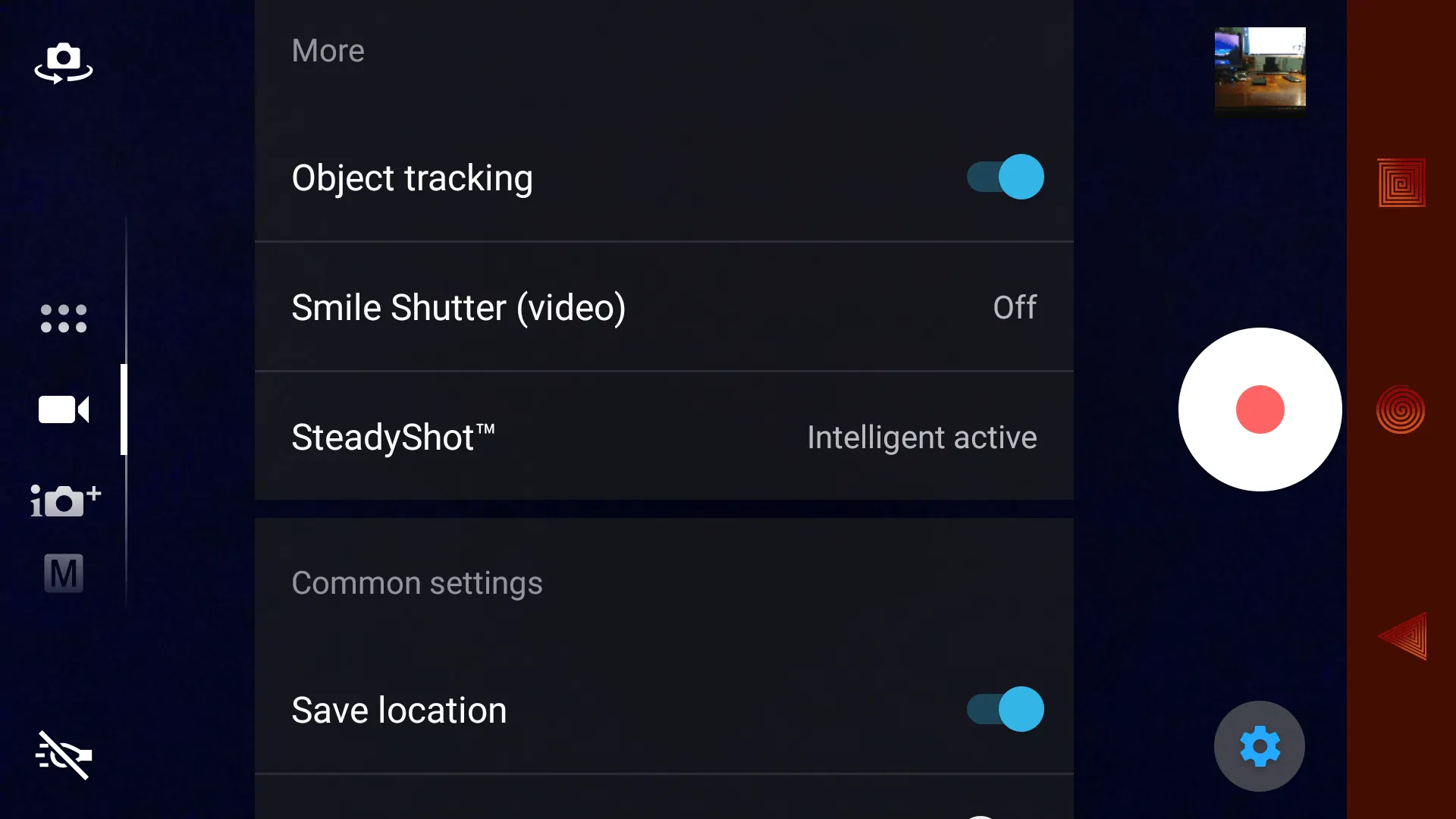Sony Xperia X Performance, 2016 has been a monumental year in many ways, and for Sony Mobile those ways are looking increasingly more grim. Worldwide the Sony Xperia Z lineup did pretty well for itself over the past couple of years, but for a number of reasons Sony seems to have wanted to re-brand its bi-annual flagship series to the Xperia X, and with it completely changed what makes each phone in the series different. Unlike phones in the Xperia Z series, which were sold in different physical sizes but all of which featured the same internals, the Xperia X lineup is sold in 3 different hardware configurations but all in the same 5-inch package. The Xperia X Performance is the top dog in the Xperia X series, and encompasses the latest tech in almost every regard. Does the Xperia X Performance have what it takes to finally get people to notice Sony Mobile in many parts of the world, or has Sony already given up that dream? Let’s find out.
Video Review
Specs
On paper the Xperia X Performance has everything you could likely want in a $700 flagship smartphone in 2016. It’s not millimeter for millimeter the same size as the Xperia X that we’ve already reviewed, but it’s so close it’s basically the same unless you place them side by side. The body measures 143.7mm tall by 70.4mm wide and 8.7mm thick, weighing a relatively hefty 164.4 grams. This all means that it’s ever so slightly bigger than the Xperia X, about a millimeter thicker and 10 grams heavier too. What’s packed inside feels every bit more premium though, and thankfully so given the price increase. A 5-inch 1080p Triluminos IPS LCD display sits up front, and powering the display and performance you’ll find a Qualcomm MSM8996 Snapdragon 820 SoC, which packs a dual-core 2.15GHz Kryo CPU with a dual-core 1.6GHz Kryo CPU, as well as an Adreno 530 GPU.
3GB of RAM powers the multi-tasking experience, and 32GB of internal storage keeps things going. If that’s not enough there’s microSD card support for up to 256GB, and you’ll also find that a non-removable 2,700mAh battery rests inside the all-metal chasis. A 13-megapixel 1/3″ sensor with f/2.0 lens sits up front above the display, while the rear camera is a 23-megapixel 1/2.3″ sensor with f/2.0 lens as well. Dual-band 2.4GHz and 5GHz WiFi is supported up to 802.11ac speeds, Bluetooth 4.2 with aptX support and even wireless LDAC high quality audio are here, as well as 24-bit wired audio support too. The Xperia X Performance ships in white, graphite black, lime gold and rose gold colors, and carries the IP68 water resistant and dust proofing standard. Lastly the software side of the house runs Sony’s latest minimal UI with lots of extra features atop Android 6.0.1 Marshmallow.
In The Box
Contents of the box are a neat but light affair. A white top with grey X is pulled up to reveal a much more colorful box underneath, containing the phone atop a smattering of warranty pamphlets and a small manual. Underneath that sits a 5v/1.5a wall charger and its accompanying microUSB to USB Type-A cable. This charger is a bit unfortunate as it doesn’t quite meet the Qualcomm QuickCharge 2.0 standard that the phone supports, meaning you’ll need to buy an additional higher wattage charger to get that fast charging ability. Many of the extras Sony includes are in the form of software rather than hardware goodies or pack-ins, which we’ll cover in the software section.
Display
Sony has been a large backer of LCD technology in just about every market it’s in, and the smartphone market plays a key part in that strategy. Sony’s Triluminos panels have been around for years now, and generally offer up some good qualities to them, but don’t eschew what you would normally expect from an IPS LCD panel. Brightness levels are excellent, and sunlight viewing shouldn’t be an issue in all but the absolute brightest of direct sunlight. Viewing angles are superb and don’t show much of any dimming at all, even at extreme angles, and the only color shifting occurs on pure whites, which take on a slightly rosy tone to them at extreme angles. White balance, especially when looking mostly straight on, is absolutely excellent, and as a result the overall color balance ranges on perfect in every way.
The less than positive qualities of the display come in the expected black levels, which range from good to poor depending on the brightness of the backlight, but aren’t out of range for an IPS LCD. What’s not so great or expected is the amount of light bleed from the corners of the panel, especially the top edge and the corners of the display, which look quite bad at angles, especially if the screen is showing something darker on it. The refresh rate of the panel is also pretty abysmal, and exhibits significant trailing and ghosting when scrolling no matter the contrast level of the objects on the screen. This last part in particular makes it feel like a much worse, older display than it would otherwise, and end up dragging the positive notes of the display down a notch or two.
The digitizer is a particularly important part in any display’s quality too, as it encapsulates the entire touch component of the user’s experience with the phone. Sony’s digitizers of late have been a big disappointing for a flagship phone, and this one continues that disappointment. While it didn’t have as many problems as the one on the Xperia X, the digitizer on the Xperia X Performance left a little to be desired at various times throughout the day. When typing, particularly fast, I found ghost swipes and other oddities would happen, making the incorrect words or pair of words appear on screen instead of what I actually pressed. This is rather a shame too since the digitizer here has a glove mode, which is unbelievably convenient if you live in a colder climate where you’ll need to regularly wear gloves during the course of the year, as you won’t have to remove them to use the phone.
Hardware and Build
The Xperia X Performance is a Sony device in every use of the term. Featuring a premium build that feels both heavy and durable, yet elegant and sleek, Sony’s Omnibalance design language shines through and through with this flagship. Just as we noted with the Xperia X, the Xperia X Performance shares the same design language as the Xperia Z5. Unlike the Xperia X though, the Xperia X Performance is water and dust resistant to the highest standard, IP68 as most Sony flagships have been for ages now. On the right just north of center sits the recessed power button, which in most markets contains a fingerprint scanner as well. For the US launch Sony has yet again pilfered this scanner from all Xperia X models, including the flagship Performance phone, which makes no sense whatsoever in a market where this has become a standard item. It also means issues with using something like Android Pay in a hassle free way, and will require a PIN any time you need to do such a transaction.
Below the power button sits the volume rocker and dedicated camera shutter button, two things irregular to the market. This position on the phone is certainly an interesting one, and one in which I definitely found myself preferring over a higher positioned one. On the left side of the phone is a sealed dual-SIM/microSD card tray that’s removable via a simple slot to stick your fingernail in. The bottom of the phone features a center positioned microUSB port, while the top features a 3.5mm headset jack situated almost all the way to the left. On the back you’ll only find the camera on the top left, with a single LED flash below it. Up front sits a pair of stereo front-facing speakers both above and below the screen, as well as some sizable bezels around the screen, likely for the water and dust proofing this unit features.
The weight of the phone is slightly heavier than average, but is still light enough to not be a bother, all while retaining plenty of weight to feel solid and quality. While Sony says this is a metal phone, it doesn’t really look or feel metal. The rounded edges are strong and sleek, but they don’t look or feel any different from plastic ones in my estimation other than feeling maybe a hair more solid. The back of the phone feels similar to the LG G5 in that it might be metal underneath, but the back seems to be coated with some sort of polymer. In addition to this it feels a tad bit hollow and has an unsatisfying sound to it when tapping on the back. Thankfully it looks gorgeous though, especially the rose gold color we have for review, and appears like it would fit in with a premium mindset in every way.
Performance and Memory
The top class of performance in a mobile device is the Snapdragon 820 SoC, which the Xperia X Performance touts, and it absolutely feels that way in every respect. Apps launch nearly instantly, and both transitions within apps as well as moving between apps only lasts as long as the brief animation between windows. These latest generation of mobile SoC’s, especially the Snapdragon 820, are all designed with higher than HD resolution in mind, even though the Xperia X Performance only has a 1080p panel. That means you’ll likely never see a stutter or drop in framerate or noticeable drop in performance no matter what you do, outside of the rare or weird occasion of course. Gaming on the Xperia X Performance is flawless, and I found frame rates and overall performance to be superb.
Multi-tasking was mostly an excellent experience, although I found that a fair fewer number of apps could fit into memory than I expected. I could go back about 6-8 apps in the Overview carousel before seeing any kind of reloading, which isn’t bad by any means, but I expected this number to be well over 10 given that this is only a 1080p display. Display resolution plays a bit part in RAM usage overall, especially ambient usage of the OS, which is why 3GB of RAM should be plenty sufficient for just about anything you need to reopen. Sony’s commitment to software navigation buttons also means a quick and easy way to pull up this interface via single button click, and I really never found myself wanting for more in this area in normal day to day use.
VR Performance
Right off the bat there are two big things the Xperia X Performance has going against it in the VR realm. The size of the screen is generally just a hair too small for most phones, and usually a 5-inch or smaller screen will cause eye strain in VR due to the closeness of the double image required for VR immersion. On top of that the display has a rather nasty persistence rate in which pixels trail significantly when movement is on screen. Somehow though Sony has gotten around this when in VR, something that doesn’t really make a ton of sense but ends up not resulting in a double negative for the Xperia X performance. The higher persistence rate of the display is definitely noticeable when in VR though, so it’s entirely likely that folks who get easily motion sick will have issues when using this phone for VR purposes.
That’s a shame too because the 1080p resolution coupled with the incredibly powerful Snapdragon 820 CPU and Adreno 530 GPU make this one of the best combinations of hardware and display for VR performance. In addition to that the front-facing stereo speakers on the Xperia X Performance really help immerse you even further into the VR experience if you don’t want to use headphones, and really do a fantastic job of creating a virtual world, especially when that virtual surround sound option is enabled for the external speakers. Overall this is a good VR performer, surprisingly enough given the score of such similar devices on the market, and gets a thumbs up for most cases from us.
Benchmarks
Qualcomm’s Snapdragon 820 is the fastest and most efficient SoC the company has ever made, and as such you’ll regularly see devices powered by this chipset sitting at the absolute top of device performance benchmark lists. Sony’s Xperia X Performance sits a little lower than most Snapdragon 820 powered phones though, for whatever reason, but that doesn’t make it appear any slower in normal day to day usage. See below for all the benchmarks we ran against the phone during our testing period:
Wireless Connectivity
There’s a lot more to a modern smartphone than simple cell network connectivity, and that’s why it’s important to look at all the wireless connectivity aspects of the phone. Dual-band 2.4GHz and 5GHz WiFi support is here, with support for speeds up to 802.11 b/g/n/a/ac. NFC is actually on the front of the device above the screen, which is a peculiar position to place it at for some tasks, but when using the phone to pay for items via Android Pay or another mobile NFC-based payments system, this placement directly correlates to where the fingerprint scanner is located (only in non-US models of course). There’s also the matter of Bluetooth v4.2 connectivity here too, and a built in profile for linking the PS4 DualShock 4 controller to your phone without having to use any crazy dongles or apps.
Cell connectivity is going to be the main concern for everyday communication for most people though, and I’m happy to report that all supported GSM LTE networks here in the US worked well on the Xperia X Performance. T-Mobile and AT&T signal strength was excellent, but there doesn’t seem to be any native support for Voice over LTE or WiFi calling for these carriers specifically. All models of the Xperia X Performance contain the same radios, and the range of compatibility for this device is incredibly high to say the least. See the list of all supported networks below for the Xperia X Performance, and of course check with your carrier of choice before making the purchase to ensure 100% compatibility.
2G: 850/900/1800/1900MHz
3G: 800/850/900/1700/1900/2100MHz
4G LTE Bands: 1/2/3/4/5/7/8/12/13/17/19/20/26/28/29/38/39/40/41
Battery Life
Putting a small battery in a modern smartphone is generally only done when a phone needs to be extraordinarily thin, and while the 2,700mAh battery inside the Xperia X Performance is definitely smaller than the average smartphone’s battery nowadays, the thickness of the phone certainly isn’t. Engineering a smartphone is no small feat, but it feels like Sony should have packed in a bit more battery given the relative thickness of the phone, as well as the non-removable nature of the battery. Because of this you’re likely going to see less than average battery life on the Xperia X Performance, and I found in my time that it was difficult to achieve even 3 hours of screen on time as well as a full day of use without needing to charge the phone. Using Sony’s battery saving features will definitely help you out in this area, and by default the phone will actually warn you at 30% battery rather than Android’s standard 15%.
These battery saving modes will do anything from restricting the speed of your CPU and the brightness of your display, all the way to restricting what apps can be used in the case of the extreme battery saving STAMINA mode. Either way we shouldn’t have to use these features to get through a full day in 2016, and having something like Qualcomm QuickCharge 2.0 to save the day will only go so far. This technology will charge the battery up to 60% in as little as 30 minutes, meaning if you’re low on juice and need to charge up, you’re likely to get through the rest of the day on this small top-up. I found that it took significantly longer than that to charge to 100% though, something much closer to the 2 hour range using a certified QuickCharge 2.0 charger, and the one in the box will take even longer thanks to its lower wattage.
Sound
Sound is certainly one of the fortes of Sony as a whole, and especially when it comes to their mobile products. As one of the leading pioneers in the high resolution audio revolution that’s taking shape, Sony is pushing its latest Xperia X devices as one of the foremost ways to listen to such high quality music. While we’ve started seeing many companies like Samsung and HTC push high-res audio out of the box as well, No one has quite as many features for how to enjoy 24-bit audio as Sony does. At this point in time most music is still standard resolution, and even some of the high profile streaming audio services that specialize in higher bit rate or higher quality audio don’t stream at the full 24-bit quality that the high-res audio standard demands.
Thankfully for those moments Sony has a great feature called DSEE HX, which interpolates the range of audio that’s playing on the phone, no matter if that audio is coming from a video, music or game, and attempts to fill in the gaps to make it sound more like high-resolution audio. In general this does an excellent job and significantly improves audio quality in some situations, although it’s not going to be right for every situation. If you don’t have a high-res audio system you may just want to stick with any of the other settings here, which include ClearAudio+, Dynamic normalizer, virtual surround sound or just try to equalize it yourself using Sony’s excellent built-in tools.
Folks who hate wires will be happy to note that Sony is here to offer more ways to stream high quality audio than any other OEM on the market. This doesn’t just include the amazing aptX Bluetooth codec that streams significantly higher bit rate audio to your supported Bluetooth device, but also streaming through Sony’s own LDAC standard. You can find out more about these technologies on Sony’s website, including supported peripherals and where to buy them, but these advances are significant in the quest to remove the 3.5mm headset jack, all while realizing we can’t jump full force into this future just yet without proper hardware support.
Let’s say you’re watching a YouTube video, some other movie or just trying to enjoy some ambient tunes while studying, but don’t feel like lugging out that wired or wireless speaker system, or going through the annoyance of putting your headphones on. As I’m doing while typing this paragraph, Xperia X Performance users can enjoy their music in nearly as high quality of audio using the built-in stereo speakers found right on the front of the phone. These speakers aren’t just loud, they’re also clear and have an amazing range of audio. Pair this with the virtual surround feature found in sound options and you’ll be filling up the room with glorious, wonderful sound every time you walk in to one. These are absolutely superb speakers and make listening to your favorite album as much of a joy as a Bluetooth speaker or other portable sound system would.
Software
Over the years Sony has maintained one of the least intrusive and obstructive skins among OEMs out there, all while still offering tons of features and added value that stock Android doesn’t have. This time around Sony is shipping its latest with Android 6.0.1 Marshmallow, all with Sony’s lightest skin yet running on top. Right on the home screen you’ll find quick shortcuts to the handful of apps Sony has pre-installed on the phone, hoping you’ll try these services out and stick with as much Sony as you can muster. The What’s New app will pretty much feature everything that Sony has to offer though, and acts as a central hub of sorts for sorting all of the newest Sony content into one place.
From here you’ll find Sony’s own recommendations of apps and games to get, all of which are direct links to their Play Store listings. Sony offers a really interesting feature here called Instant Games, which will use a built-in HTML 5 engine to deliver games to you without having to install them or download the entire thing before playing. Most of these are bite sized little games, but it’s likely that’s just the type of game you’d be playing on your phone often anyway. Sony clearly has some deals going on with Spotify, too, as both their music app and the music section in What’s New feature deep Spotify integration, from being able to play music straight from Spotify’s service in the music app, to finding trending playlists and new albums in the What’s New app.
There’s also some Amazon partnership here too, as the audio books section of What’s New directs you straight to the Audible website and even gives you a special 2 free books offer if you sign up through the app. Finding new movies is easy through the movies section, and you can even view trailers and film synopsis right through the app too. Lastly, What’s New offers a place to make sure all your Sony apps are up to date if the Play Store isn’t doing a good enough job of notifying you, or just letting you know about system updates.
Aside from this there are quite a few apps and services that’ll be very familiar to anyone who’s owned a Sony smartphone in the past. Lifelog helps keep track of your days and doesn’t just log your steps and other health information, it also adds in anything else you’ve done that day including places you’ve been, pictures you’ve taken, phone calls you’ve made, etc. It’s a really cool way to look back at your days and see exactly what you’ve been up to, and a really fantastic way to tie all those things together in one coherent place. Sony is also very good about building in links to popular social networks like Facebook and Twitter into all their stock apps, allowing you to share things easily. This even includes some of the more media-heavy apps like Movie Creator, Sketch and others.
UI/UX
Sony has long been one of the best OEMs when it comes to sticking to a mostly stock Android look, with a bit of Sony flair thrown in here and there. As HTC tends to do with their skin, Sony mostly just changes the system icons and of course has unique icons for their own apps, but other than this the UI looks essentially stock in every regard. This is excellent for sticking to Material Design standards, and as has been shown in the past it means Sony can get updates out for the next major version of Android quicker than other OEMs too.
There is one big thing that Sony has added to Android that isn’t going to be found in a more stock version of the OS; themes. Sony’s theme engine is quite powerful, although it’s not actually customizable. There are hundreds of themes on the Google Play Store, and Sony offers a great UI front-end for finding these themes, which all link directly to their Play Store listings. You won’t be able to pick and choose parts of one theme to fit on another though, so it’s take it or leave it with the entire theme. These themes do theme the entire system though, not just the stock launcher as some OEMs have chosen to do, and plenty of both free and paid versions of themes are available to users. Some of these are gaudy and obviously made by amateurs, but there are plenty from Sony themselves as well as 3rd party designers that look phenomenal.
Camera Software
Sony’s camera software has long been one of the weakest points of their mobile experiences, and while there are improvements in this version of the camera software over past Xperia phones, the software itself still leaves a bit to be desired from a design standpoint. As we mentioned in the Xperia X review, Sony’s new camera software fully bakes in the industry trend of swiping to move between modes in the camera, with a pop-up listing on the left side of the screen that lets you know which mode you’re in. Switching between these modes takes only a fraction of a second, but you’ll need to swipe through all of them to get from one end to the other if you are looking for settings opposite each other on the listing. This means that if you were in manual mode and wanted to go to the camera apps section, you would need to swipe up 3 times to get there, all while waiting for the phone it change modes in between each setting.
The only quick buttons that are available on the front of the camera interface are toggle flash, switch between front and rear facing camera, and the shutter button. This shutter button is unfortunately a single button and doesn’t contain a second shutter or record button, so you’ll have to switch between these modes to either take a picture or record a video, adding precious seconds to switching modes. There’s no way to quickly adjust things like exposure or white balance without going into the manual mode, and even then you have to open up the adjustment menu to bring it up on screen. Other settings are nested deep within the camera settings menu and are really quite annoying to find, and take way too long to find anyway. Some of these should absolutely be right on the front of the camera UI too, like locking the display to keep it from being pressed when wet. This is obviously an integral part of the camera experience on a phone that’s designed to be IP68 water and dust resistant, and otherwise is an excellent way to take pictures and video under water by locking the screen and taking pictures via the dedicated hardware shutter button.
Past Xperia users will find almost all of the aforementioned camera apps here too, which are located in the topmost camera section. This allows Sony to add significant functionality to the camera app without adding to the size of the camera app itself, as each of the individual camera apps are all standalone APKs from the Play Store. Inherently this means some will be free while others will cost money, but most are just a dollar or two and don’t amount to a ton of cash. Many of these will have their own interface, but usually play off the usual reference designs the industry uses.
Camera Performance and Results
Just as the camera takes a while to switch between modes because of the poor design of the mode listing, it’s also not the fastest to launch or capture a shot either. Holding down the camera shutter button, launching from the lockscreen or just from the app’s icon on your homescreen will find a full 3 seconds or more before you can even take a shot. While 3 seconds doesn’t seem like a particularly long time at all, it’s nearly 3 times as long as leading flagships in the industry like the Galaxy S7 or OnePlus 3 to name a few. Once in memory the camera software will launch quicker, but it gets booted out of memory quickly because it’s a large app. On top of this loading time to get into the app you’ll find that it tries to refocus the shot every single time you press the shutter button, leading to another half to a full second before the shot is actually taken. This caused me to miss shots more than once, and while it’s not terribly slow it definitely became annoying, especially if you’re used to a faster camera experience.
For the most part the shots captured look excellent. The quality of the shots most of the time honestly look like they came from a DSLR camera rather than a smartphone, and I found the color accuracy and overall balance of the shot to be among the finest in the industry. Sony’s latest generation 23-megapixel sensor is on board, and while it features some pretty small pixels when compared to the giant ones in the Galaxy S7 or Nexus 6p, you’re not likely to notice in most lighting conditions. Particularly in good light, such as sunlight or indoors inside a store, the camera absolutely excels at its job. Dynamic range really phenomenal and doesn’t appear to rely on HDR to get the job done, although without an obvious delineation in the software or on the names of the shots it’s difficult to tell if it’s using HDR at all during the regular “intelligent auto” mode.
As you should expect from a 23-megapixel sensor the amount of detail here borders on insane in most lighting conditions. Sony’s denoise filter does a great job of clipping out noise while still retaining details, even in relatively lower lighting conditions, and really helps bring out the nitty gritty parts of a picture when zoomed in all the way. There was only one time I caught the camera holding the shutter open too long, when I was trying to get a picture of the flowers of the pink Crepe Myrtle that you can see in the gallery below. I took a number of shots in a row and the one I saved to the Flickr gallery here is the clearest of all the shots, yet it’s still blurry as all getup even in the middle of the day. This was an oddity, not the norm by any means, and even in low light I didn’t have this happen.

Taking pictures and video underwater is nothing short of a surreal experience. It’s highly likely that anyone who’s going to pay full price for the phone will be more than nervous about taking it underwater with them, but with an IP68 rating signifying that it’s fully dust proof and can last 1 meter under water for up to 30 minutes, you very much can take it on your next beach trip or in the pool. The best way to take photos underwater is to use the touch block mode, found in camera settings and pictured above, and then use the hardware shutter button on the right side of the Xperia X Performance. This makes it feel like a real camera and works absolutely flawlessly underwater.
Low light was a bit of a mixed bag though, and really low light just isn’t going to come out well thanks to the super small pixels on this sensor. There’s just no way to get around physics, and although there are plenty of pixels on the face of the sensor, none of them are large enough to give truly good low light shots without significant visual artifacts. Looking at the night time shots of a neighborhood street you’ll see lots of blue vignetting around the entire frame of the camera, creating a massively distracting display on the image. Details otherwise are decent, but they don’t stand up to the Galaxy S7 or Nexus 6p to name some of the better low light performers out there, and you’ll likely want to use the flash in these occasions instead.
Video stands up to scrutiny thanks to Sony’s excellent Intelligent Active stabilization algorithm that works to keep the image as steady as possible even through heavy movement. What’s inexcusable from a flagship device in 2016 is the complete lack of 4K video, which is beyond bizarre given Sony’s massive push into the 4K realm with its TVs and other multimedia equipment. The only options here are 1080p 30FPS and 1080p 60FPS, the latter of which is nice but ultimately disappointing for those hoping to utilize their new Snapdragon 820 powered phone and that massive 23-megapixel sensor. This standpoint makes no sense whatsoever, and at this point in time really hurts the Xperia X Performance in ways that just shouldn’t be the case. On top of that there’s no super slow motion video either, only 120FPS 720P video, so folks hoping for what’s become an industry standard 240FPS 720P experience won’t find it here. Check out all our sample shots and videos at the album below and judge for yourself.

The Good
Excellent build quality
IP68 dust and water resistant
Minimalistic UI, yet lots of features
Lots of added value and tie-ins
Superb stereo front-facing speakers
Integral part of a high-resolution sound lifestyle
Good VR performance
Amazing camera photo quality in most lighting conditions
The Bad
No fingerprint scanner on US model
Mediocre display for a 2016 flagship
Less than average battery life
Camera software can be slow
No 4K recording
Low light camera performance is poor
Conclusion
Sony’s latest flagship delivers their promise of quality in many respects, paying great homage to Xperia flagships of the past. It falls short in a number of areas though, and for $700 you’re absolutely going to find other phones that do just about everything else better that you can think of. Still some master craftsmanship on the build, unbelievable sound quality, world class stereo speakers on the body, some great added value on the software front, as well as a fantastic photo experience help bring some of the biggest positive notes of the Xperia X Performance out in the open for all to see. It’s difficult not to be disappointed by poor battery life, lack of 4K recording and an LCD panel with a terrible refresh rate in 2016 though, and it’s these handful of big negatives that’ll make spending $700 on Sony’s latest a tough sell when compared to the bevy of good competition on the market. It’s very difficult for me to recommend any flagship without a fingerprint scanner too, and while other regions of the world will get one in the Xperia X Performance, US residents get left in the dust yet again. Judge for yourself, but Sony’s got an uphill battle ahead of itself with this one, and seemingly with the whole Xperia X series as well.
Pre-Order The Sony Xperia X Performance
